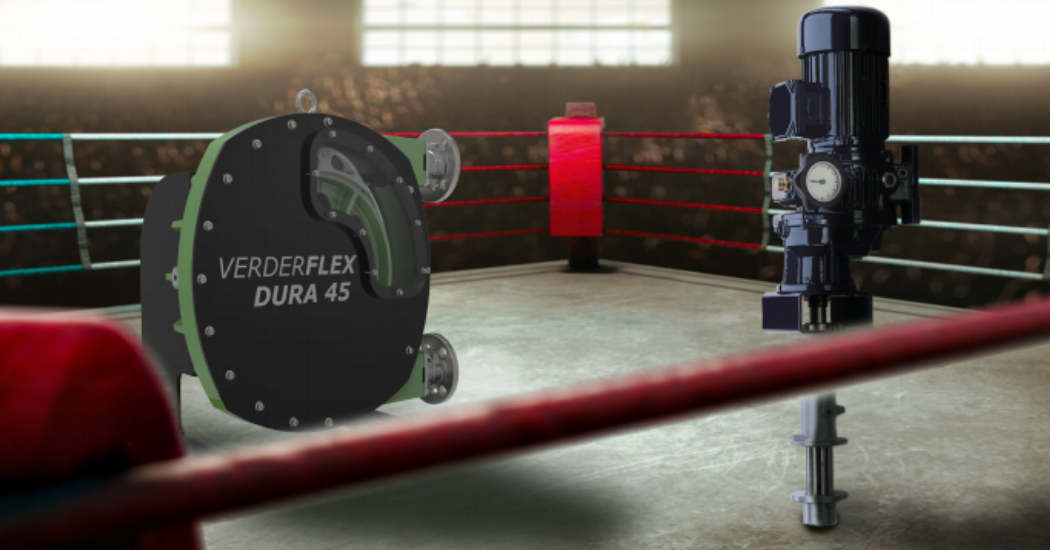Progressing cavity pumps are the traditional choice to dose lime and transfer sludges in water treatment and industrial process plants. With a relatively low initial purchase price, you would expect their long-term ownership costs to be similarly beneficial, especially when compared to hose pumps with double the initial outlay. However, there are many factors that produce significant ownership cost differences and can make the low-priced pump an expensive choice.
In contrast, hose pumps run at slow speeds by design, normally at less than 50 rpm minimizing abrasive wear rates to near zero and correctly configured have no-slip or have perfect volumetric efficiency. Such capabilities are well proven in many industries and with many diverse fluids from pumping cement to filter presses to delivering high SG mining slurries to concentrators, even evacuating radioactive leachates. Their pumping element, the hose is designed for maximum fatigue strength and delivers hose service lives that can be measured in thousands of hours. With such extended routine maintenance intervals, they are almost fit and forget pumping.
Clearly, choosing the cheap solution is surprising when you consider how vulnerable they are to the damaging effects of
abrasion caused by the solid particles in the lime, grit, and similar harsh solids in suspension and the consequences on pumping operations.
